Current projects of the Environmental Genomics and Systems Biology Research Group
Chitin integrated seedling pots (CHIPOTS+)
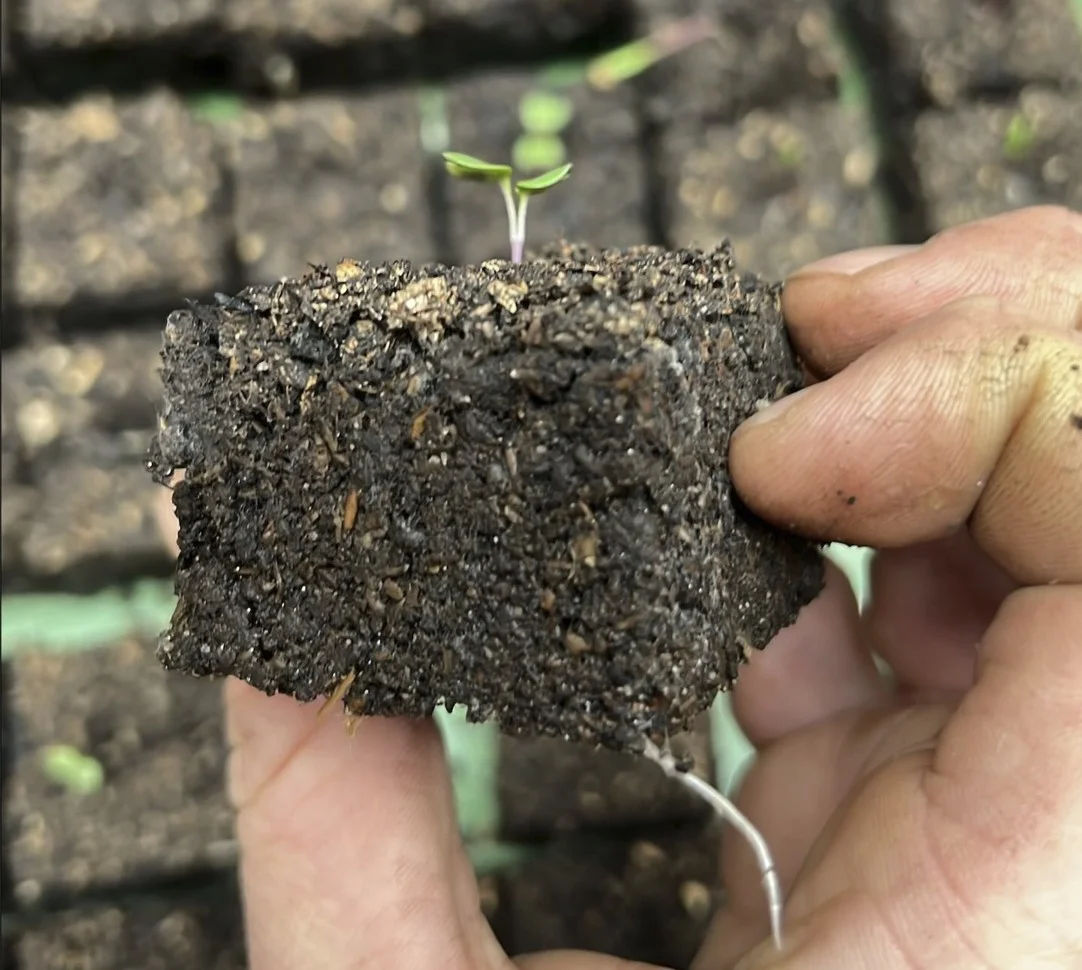
This project originated from an Open Exploration Workshop organized by the Innovation Booster of Future Food Farming, an Innosuisse-funded initiative supporting innovation through idea development and testing. From 2024 to 2027, the Booster aims to connect farmers and citizens to build a more resilient, sustainable Swiss agro-food and nutrition system by fostering co-created, radical solutions through open innovation.
During a visit to the Z’Alpenblick organic farm in Hirzel, we explored the challenges of reconnecting with the soil. Using a problem-based approach and stakeholder mapping, participants from various sectors identified opportunities. This networking led us to submit a proposal for expert support and development.
Selected for further development, our project evolved over eight weeks through three online incubation sessions funded by an innovation voucher. We then pitched the idea to a jury of eleven experts, who awarded us additional funding for continued development over the next year. While the project details remain confidential, it leverages partner expertise to address key challenges aligned with the Innovation Booster’s mission.
Project duration: 12/2024-11/2025
Project partners: Suisse Agro Food Leading House, Innovation Booster Future Food Farming, Swiss Food Research, mycostrat GmbH, swissmycel GmbH
Massive detection of tomato brown rugose fruit virus by high-throughput sequencing (ToViPoRe)
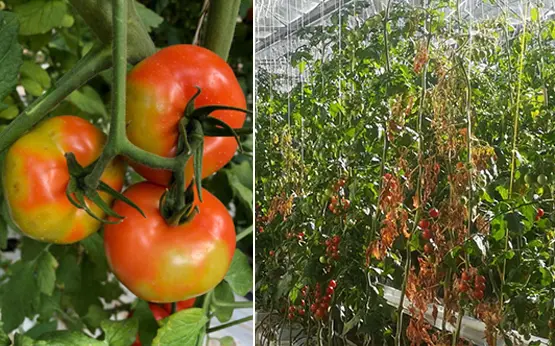
Swiss agriculture is under pressure from the highly contagious Tomato Brown Rugose Fruit Virus (ToBRFV). The virus affects tomatoes and peppers, leading to severe crop losses and significant economic damage. It spreads mainly through tools or plant material and is further distributed via global trade in seeds and seedlings. Since 2021, the virus has been repeatedly detected in imported plants in Switzerland.
Swiss tomato producers are therefore calling for improved diagnostic tests, as current methods are unsuitable for large-scale testing. A research project funded by the Federal Office for Agriculture aims to develop a fast, specific, and cost-effective molecular test and to combine it with high-throughput sequencing. This would allow for the detection of the virus and related pathogens while enabling the simultaneous analysis of multiple samples.
Collaborating with stakeholders from research and practice, the initiative is breaking new ground in plant pathogen diagnostics, with the potential to revolutionize future detection methods.
Project duration: 02/2023-01/2025
Project partners: Bundesamt für Landwirtschaft BLW, Agroscope, Landwirtschaftliche Zentrum Liebegg, Bioreba AG
EBDOmics – Comparative genomics of Enterobacter spp. causing bulb decay of onions
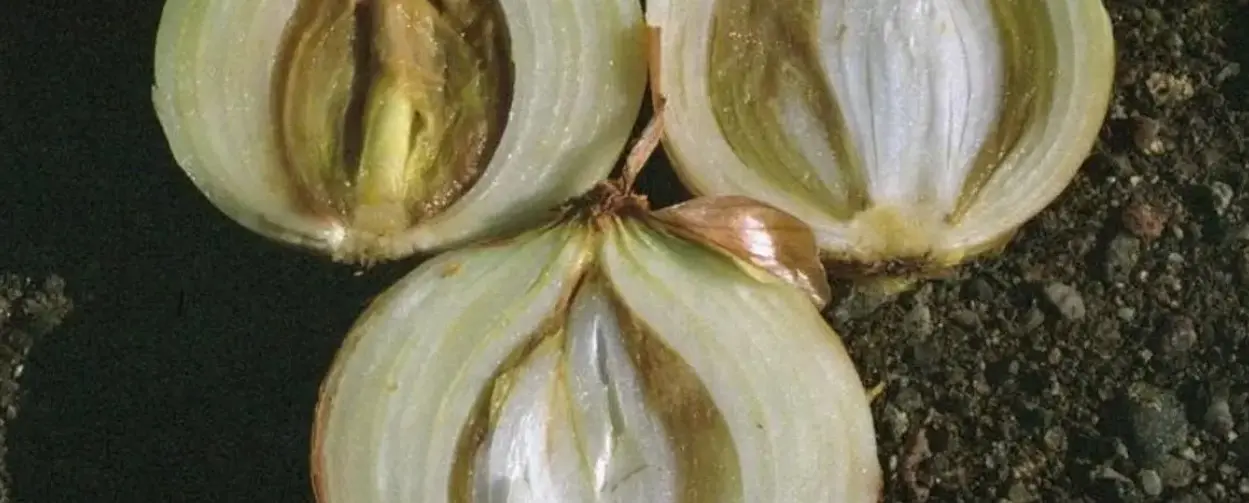
Enterobacter bulb disease of onions (EBDO) is caused by members of the Enterobacter cloacae complex, a diverse group of Enterobacter species found in both clinical isolates and the environment. Despite its long-standing recognition, systematic studies on the taxonomy of these isolates and the virulence factors specific to plant pathogens are lacking.
The project aims to determine the position of EBDO isolates within the Enterobacter genus using modern taxonomic and phylogenomic methods. Isolates will be collected and tested for their ability to cause EBDO (WP1). The genomes of plant-pathogenic isolates will be sequenced to clarify their taxonomic placement (WP2). Pan-genome analyses of plant-pathogenic and clinical isolates will identify pathogenicity factors and assess their role in onion disease (WP3).
Based on the genomic data, LAMP-based diagnostic tests will be developed to enable early detection of plant-pathogenic isolates in the field (WP4). The project provides valuable insights into distinguishing plant-pathogenic, environmental, and clinical isolates, aiding the prevention and management of EBDO. Additionally, it contributes to understanding the role as an opportunistic human pathogen of the E. cloacae complex.
Projektlaufzeit: 01/2022-04/2025
Project partners: University of Pretoria; University of the Witwatersrand; University of Venda; University of Limpopo
Contracting body: Swiss National Science Foundation / Project Nr. 204333
Efficacy of Far-UV-C and development of a rapid test for Botrytis resistance
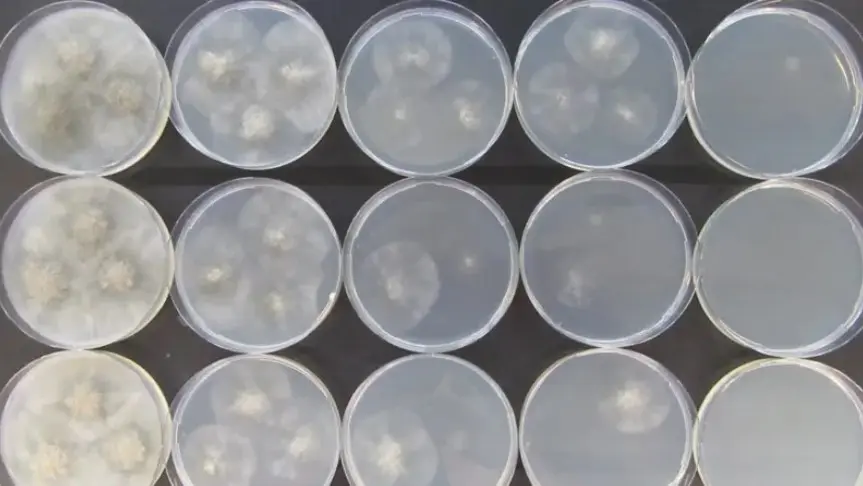
The spores are eliminated after just 60–120 seconds of UV-C exposure.
The Environmental Genomics and Systems Biology research group at ZHAW is conducting additional studies alongside the Federal Office for Agriculture (FOAG) project, "Non-chemical treatment of strawberry seedlings against Botrytis cinerea". The project includes several modules. One focuses on identifying UV-C wavelengths that are more effective and safer to use (far-UV-C). Unlike conventional UV-C, far-UV-C cannot penetrate human tissue. This module tests the effect of far-UV-C on various pathogens and determines its efficacy. Another module, "Rapid Test Development," involves creating a molecular rapid test to detect Botrytis resistance to botryticides.
List of projects
-
Development of a biofungicide based on actinobacteria strains isolated from extreme Moroccan ecosystems to protect and improve tomato…
Tomato is a vegetable crop grown in many countries, and its production is constantly increasing. Unfortunately, production can be limited by both abiotic and biotic factors. Fungal pathogens are one of the major factors that reduce crop yield. Botrytis cinerea is a phytopathogenic fungus that causes…
current, 12/2024 - 12/2027
-
Loop-mediated isothermal amplification for real-time pathogen screening in soil

The aim of this project is to develop a real-time pathogen screening system for important soil pathogens using loop-mediated isothermal amplification (LAMP) technology. The process will involve the isolation and amplification of DNA from plant, seed or soil samples. A key challenge will be to…
current, 11/2024 - 12/2026
-
Long-term conservation of Arctic char (Salvelinus umbla) in Lake Zurich
In order to ensure a stable population of Arctic char in Lake Zurich in the long term, existing measures (fish stocking and artificial spawning grounds) are being evaluated and optimised. The aim is to make recommendations for terminating useless measures, optimising moderate ones and expanding…
current, 05/2024 - 03/2030
-
Development of a kit for the detection of leaf spot in turf grass
The objective is to develop a real-time pathogen detection kit for a range of turf grass leaf spot diseases. This kit will feature a straightforward process for DNA extraction and amplification through loop-mediated isothermal amplification (LAMP). It will enable semi-quantitative assessment of…
current, 04/2024 - 12/2025
-
Bioprospecting and genomics of actinobacteria isolated from the Marchica lagoon (ActinOmics)
The massive and excessive use of antibiotics in medicine has led to the emergence and spread of multi-resistant pathogens, rendering treatment with the usual antibiotics ineffective. Added to this phenomenon of antibiotic resistance is the emergence of new infectious diseases, often zoonotic, in…
expired, 09/2023 - 09/2025
-
Massive detection of tomato brown rugose fruit virus by high-throughput sequencing (ToViPoRe)
Swiss agriculture is at risk with the emergence of a new viral disease epidemic caused by the Tomato Brown Rugose Fruit Virus (ToBRFV), also know as Jordan virus. This plant disease attacking tomato and peppers can lead to a complete yield loss thus generating significant economic losses for Swiss…
expired, 02/2023 - 08/2025
-
EBDOmics – Comparative genomics of Enterobacter spp. causing Bulb Decay of Onions
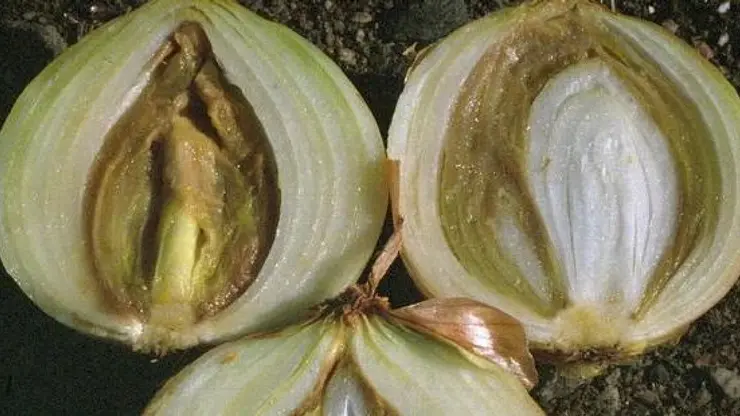
Enterobacter bulb disease of onions (EBDO) is caused by members of the Enterobacter cloacae complex. This includes a diverse group of Enterobacter species that occur as clinical isolates and in the environment. Although EBDO has been known for several years, no systematic study has been conducted on…
current, 01/2022 - 02/2026
-
Turf Pathogen Screening System using Loop Mediated Isothermal Amplification
The objective is the development of a real-time pathogen screening system for a group of global relevant turf grass diseases using loop mediated isothermal amplification, LAMP technology. From a turf sample, DNA isolated and amplified using LAMP. Pathogen occurrence in the sample will be detected…
expired, 12/2021 - 12/2023
-
Fire Blight App for Central Asia
Based on the existing tick app in Switzerland, we will develop an app for smartphones that can inform local populations in Central Asia about fire blight, simultaneously allowing a citizen science approach for mapping the spread of this dangerous pome fruit disease. Utilizing the gathered data, a…
expired, 03/2021 - 06/2022
-
Antibiotic resistances in Enterobacteria
Atypical Enterobacteria are frequently misidentified in clinical diagnostics due to unsettled taxonomy and noisy reference databases. Despite of their environmental origin, they regularly appear in clinical samples and increasingly display multi-drug resistances (MDRs) that are acquired during…
expired, 12/2020 - 11/2022
-
Acceptance of an app for contact-tracing of SARS-CoV-2 in the Swiss population
The survey of 1929 adults in Switzerland in the period from 17 - 26 April 2020 suggests that a large majority of the population in any case or probably intends to a) install an app for contact-tracing of SARS-CoV-2, b) report infections in the app and c) comply with the app's request for contact…
expired, 04/2020 - 09/2020
-
Evaluation of benefits and risk of assisted migration in Fagus species

Risk and benefits of assisted introduction of drought-resistant Fagus species in EuropeEuropean beech (Fagus sylvatica) is one of the economically most important broadleaved trees in Europe. Its natural geographical diffusion area is however expected to experience a major shift as a consequence of…
expired, 01/2020 - 12/2022
-
A multidisciplinary project to understand the effect of chitin soil amendment on the plant response, natural microbial community and the…
The consumption of fruit and vegetables are considered as important for a healthy and balanced diet and recognized as a significant source of vitamins and fibre. Authorities encourage the consumption of fresh plant produce, but food safety of fresh fruits and vegetables continues to be a major…
expired, 01/2020 - 12/2024
-
Silent pathway awakening to discover novel antibacterial compounds from actinomycetes
There is a tremendous need for novel antibiotics due to the global resistance crisis. Actinomycetes are the most important sources of secondary metabolites. They provide an enormous potential to discover novel antibiotics.
expired, 08/2019 - 01/2021
-
Fighting bites with bytes: Promoting public health with crowdsourced tick prevention
Ticks are on the rise and transmit several infectious diseases, leading to serious illness or even death. The smartphone App “Zecke–Tick Prevention helps people, to remember the tick bite location and to check it for potential Lyme disease symptoms. In an interdisciplinary approach, ZHAW-scientists…
expired, 07/2019 - 12/2021
-
CarbonATE - microbiological methanation
Development of an enzymatic CO2-capture strategy for an optimised microbiological methanation
expired, 03/2019 - 12/2022
-
LAMP Diagnostic in Ornamentals
expired, 11/2018 - 12/2020
-
Preservation of Central Asian fruit tree forest ecosystems from bacterial pathogen Erwinia amylovora (fire blight)

Fire blight is a severe bacterial disease of apple and pear that can quickly destroy whole orchards. In the last few years it arrived also in Central Asia, where pomaceous fruit plants represent the dominant species in mid-altitude forests and constitute a critical foundation for the entire…
expired, 08/2018 - 07/2023
-
MinION2FixID: fast and reliable legume root nodule bacteria identification using nanopore sequencing technology
Rhizobia are bacterial symbionts associated with legumes that are of paramount importance for the fixation of atmospheric nitrogen in the soil. The success of this process (and ultimately the performance of the plant) depends on the type of root nodule bacteria, which should be adequate to each…
expired, 07/2018 - 06/2019
-
Diagnostic and epidemiological tools for the Xanthomonas hortorum species-level clade based on OMICs technologies (XhortOMICs)
Despite its recent re-emergence and increased prevalence in many countries, the research on Xanthomonas hortorum species-level clade members has been very limited until now. It is thus important to have an increased knowledge thereof to be able to react to its increasing occurrence. Therefore, the…
expired, 04/2018 - 06/2022